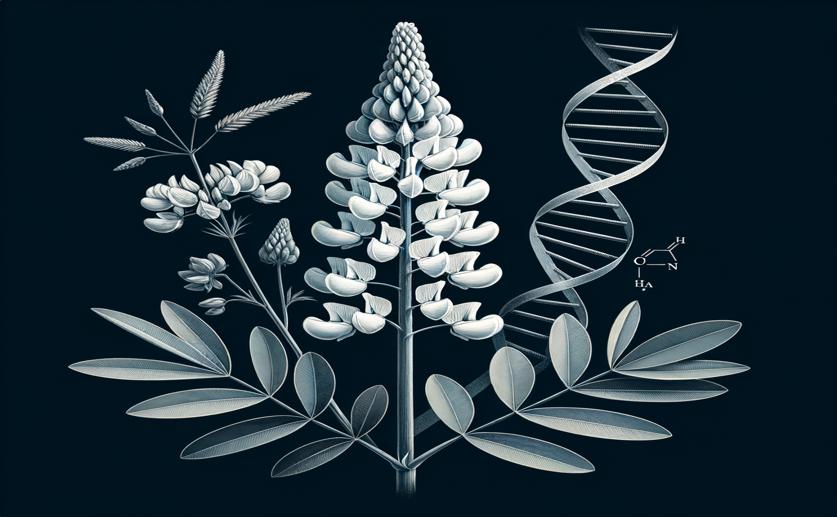
Key Gene Variations Linked to Flowering Time in White Lupin Plants
Jim Crocker
30th July, 2024

Image Source: Natural Science News, 2024
Key Findings
- Researchers at Wroclaw University identified genetic variants in white lupin that influence flowering without prolonged cold exposure
- These genetic markers can help breeders select lupin varieties that flower at desired times, improving adaptability to climate change
- The study enhances understanding of flowering pathways in legumes, aiding the development of resilient crops
References
Main Study
1) A GWAS study highlights significant associations between a series of indels in a FLOWERING LOCUS T gene promoter and flowering time in white lupin (Lupinus albus L.)
Published 29th July, 2024
https://doi.org/10.1186/s12870-024-05438-1
Related Studies
2) FLOWERING LOCUS T indel variants confer vernalization-independent and photoperiod-insensitive flowering of yellow lupin (Lupinus luteus L.).
3) Photoperiod and Vernalization Control of Flowering-Related Genes: A Case Study of the Narrow-Leafed Lupin (Lupinus angustifolius L.).



 29th July, 2024 | Greg Howard
29th July, 2024 | Greg Howard